In the ongoing conflict in the Gaza Strip, Hamas forces do not have the military power and sophisticated high-tech weapons of the Israeli army, but they possess a special "treasure": a maze-like network of underground tunnels.
In a recent interview with Vanity Fair, Hamas leader Khalid Meshal said that Hamas' tunnel system is a special structure for defense against Israel's powerful military weapons. At the same time, these tunnels help Hamas penetrate Israeli territory in case Tel Aviv launches a campaign targeting Gaza. Hamas leaders emphasized that the underground tunnels are a symbol of the Palestinians' right to self-defense in the Gaza Strip.
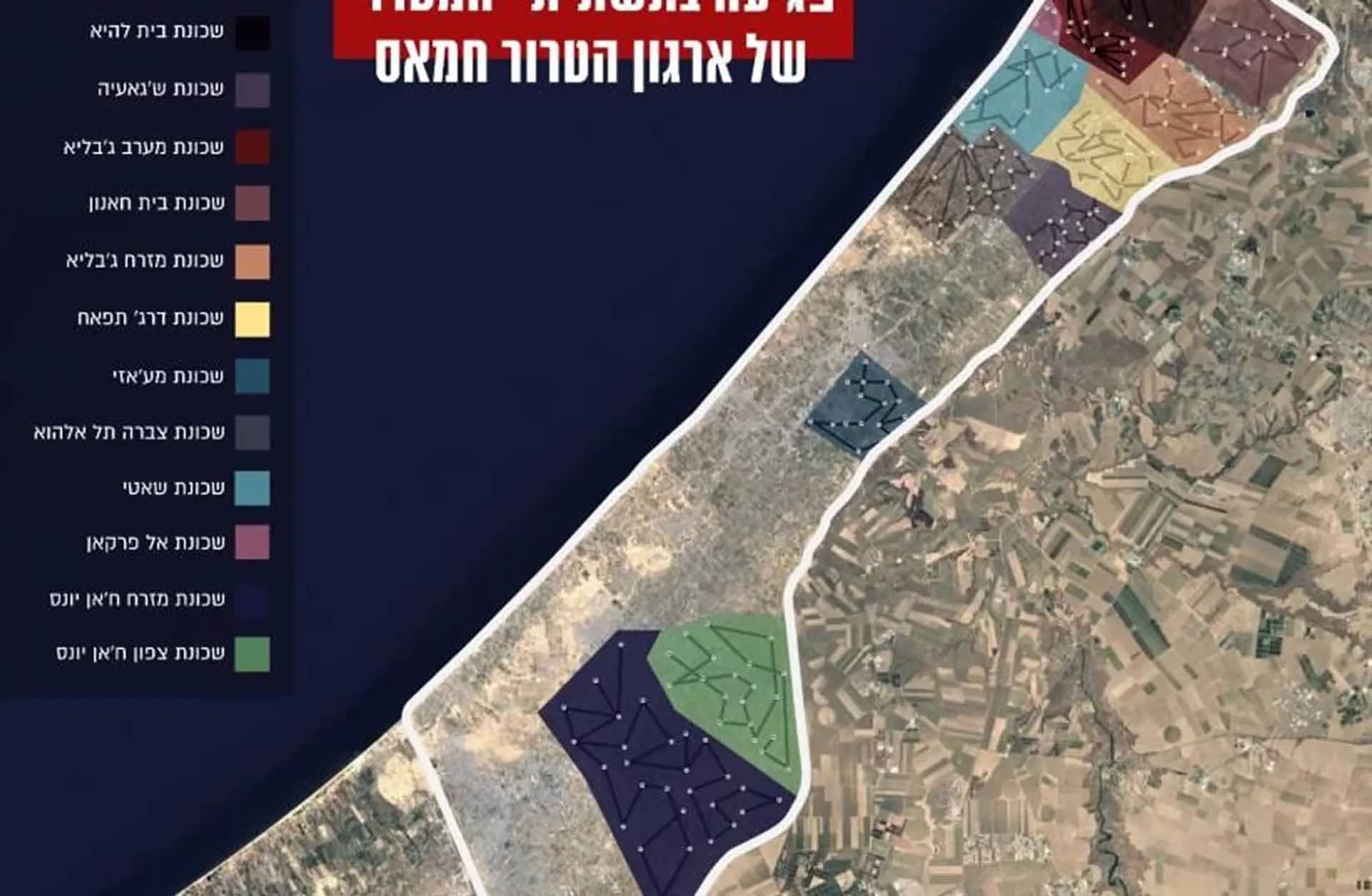 |
| IDF map showing the Hamas underground tunnel system located under various areas of the Gaza Strip, divided by area. (Source: IDF) |
Underground advantage
The tunnel system was started by Hamas in the mid-1990s, when Israel began handing over control of Gaza to the Palestinians under the Oslo Accords. The original purpose of these tunnels was to transport goods from outside into the Gaza Strip without being detected by Tel Aviv's modern surveillance system in the context of the Gaza Strip being blockaded by Israel. The tunnel system, especially the tunnels for military purposes, began to be developed strongly since Hamas took control of the entire Gaza Strip in 2007.
Israel calls Hamas’ tunnel system the “Gaza Metro.” According to Israeli estimates, since 2007, Hamas has built more than 1,300 tunnels at a cost of about $1.25 billion, diverted from funds allocated for public infrastructure in Gaza and other unidentified sources.
Hamas has recently spent between $30 million and $90 million a year pouring 600,000 tons of concrete and may have 32 tunnel systems totaling 480 kilometers. Hamas has used electric jackhammers and air compressors to dig tunnels at a rate of 4-5 meters a day.
The tunnels were dug 18-25m deep, some even reaching 35m underground. Before the war broke out, Hamas hired nearly 900 tunnel diggers to work around the clock, 2 or 3 shifts a day, with salaries ranging from 150-300 USD/month...
According to the Sunday Telegraph, some of Hamas's tunnels cost an estimated $3 million to build. The financial resources for Hamas to build the tunnel system come from many sources, mainly support from neighboring countries, most of which comes from Iran.
According to Eado Hecht, an Israeli defense analyst specializing in underground warfare, “there are different types of tunnels that exist under Gaza for different purposes. There are tunnels used to exchange goods between Gaza and Egypt, from cigarettes and weapons to fuel, livestock, and even cars... The tunnels also serve as Gaza's internal defense system, housing command centers, factories, weapons depots, and launching cross-border attacks, capturing and detaining hostages...
Mr. Eado Hecht revealed that images inside the newly discovered tunnels by the Israel Defense Forces (IDF) showed that there were very narrow places, not wide enough for a gunman to stand upright. But there were wide, airy, well-lit and well-ventilated tunnels, where Hamas fighters could carry weapons, military equipment and move easily.
One of the most impressive tunnels is the one near Kibbutz Ein Hashlosha, which took Hamas two years to build using 800 tons of concrete cast into 25,000 concrete slabs. The tunnel is equipped with electricity, storage for food, water, biscuits, yogurt and other items to sustain hundreds of people living there for several months.
According to Foreign Policy, Hamas Chief of Staff Ismail Haniyeh has “bragged” since 2021 that Hamas’s tunnel network in Gaza has reached 500 km and is still being developed. The cost of building tunnels is relatively cheap. According to a 2014 report on the results of Israel’s “Defense Strip” campaign, the average cost of building a tunnel of more than 100 m in Gaza is estimated at about $100,000 in about three months. This cost is only equal to the price of a Tamir interceptor missile in Israel’s “Iron Dome” system.
Gaza Metro
The technique of building military tunnels in Gaza was developed by Hamas during the 2014 Israel-Gaza conflict to secretly connect with Egypt. The tunnels from Egypt into Israel were built based on the experience of Rafah, who has been digging tunnels for years to smuggle contraband into Gaza. Rafah has been described by Hamas leader Ismail Haniya as “representing a new strategy” for the group.
According to Foreign Policy, Hamas also received training in construction techniques from Lebanon's Hezbollah. Hezbollah's tunnel network is considered one of the most advanced and extensive in the world , modeled after North Korea's tunnel system that runs beneath the demilitarized zone with South Korea.
Gaza’s tunnels are often dug through sandy soil, requiring roofs to be supported by a more durable clay or concrete slabs produced in workshops adjacent to the tunnels. The tunnels are dangerous to build and operate, with 22 Hamas members reportedly killed in tunnel construction incidents in 2017.
According to Israeli intelligence, many of the tunnels were built more than 30 years ago with the original purpose of bypassing Israeli and Egyptian military checkpoints to bring goods from outside into the Gaza Strip. When the conflict between Hamas and Israel broke out, these tunnels were used to place explosives under IDF positions stationed in the Gaza Strip.
In June 2006, Hamas militants used tunnels to attack an Israeli military post, killing two Israeli soldiers and capturing one. The operation lasted only six minutes, but the consequences were long lasting. After being held for five years, the Israeli soldier captured in 2006 was exchanged for 1,000 Palestinian prisoners. The October 7 Hamas attack on Israeli territory, which killed hundreds, sparked a new conflict between the two sides.
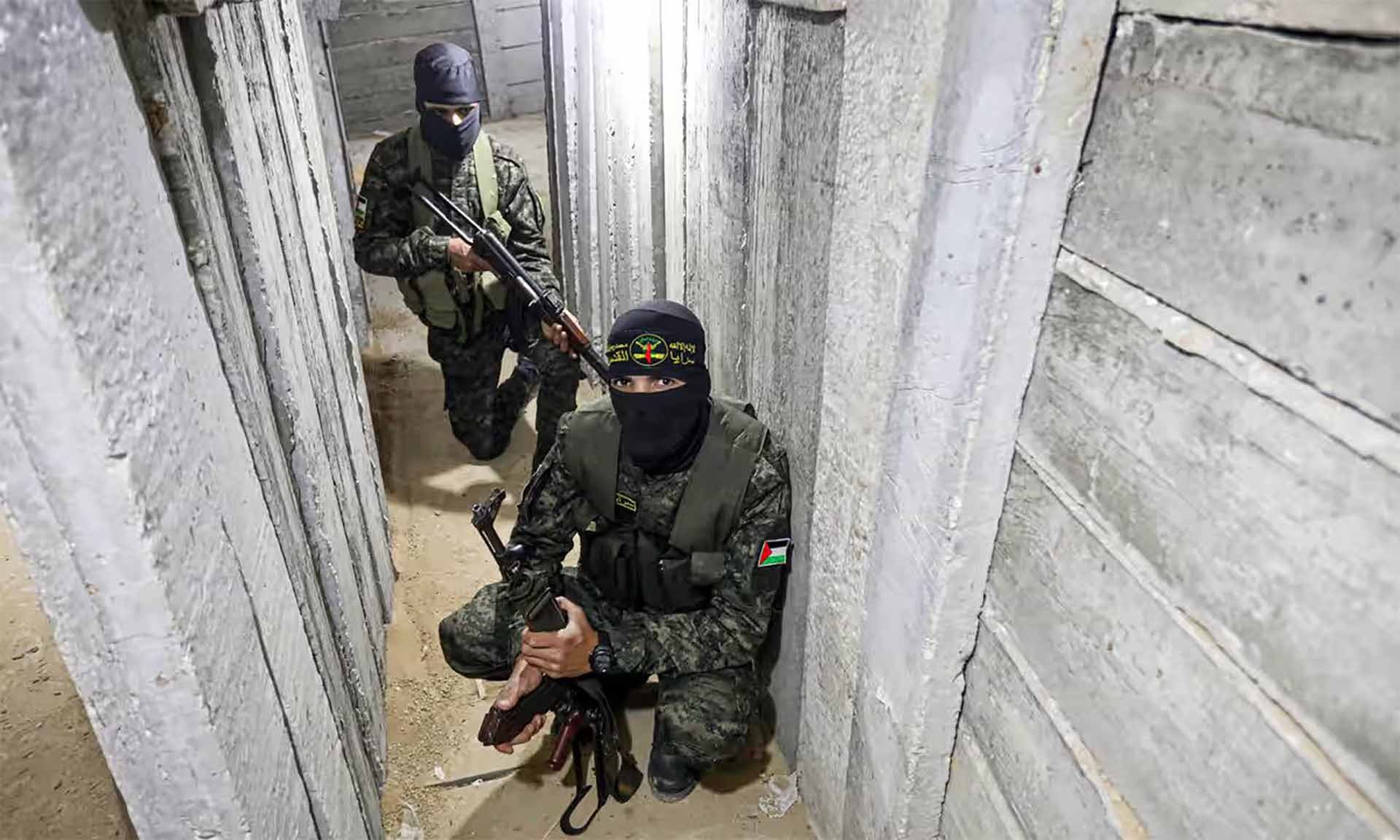 |
| The tunnel system in Gaza is like an underground maze. Illustrative photo. (Source: Anadolu Agency) |
A conundrum for Israel
To counter the “Gaza Metro” system, since 2017, Israel has spent more than $1 billion to develop an underground barrier system along the 60km border separating Israel from the Gaza Strip. Israel has also poured hundreds of millions of dollars into a modern sensor system to detect new underground construction activities. These measures have been named by Israel as the Iron Wall and Iron Spade, aiming to turn its territory into an “inviolable” area.
However, according to the Tel Aviv-based National Research Institute, the sensors in the system cannot work perfectly because they cannot detect branch tunnels with many turns. In addition, the equipment is also confused at intersections and intersections that are very complex and cleverly camouflaged. The Israeli army also uses robots to check and detect tunnels to minimize risks and dangers, but they are not very effective.
Therefore, although Israel has the world's leading intelligence network, it still faces many difficulties in detecting and destroying Hamas's tunnels. The airstrikes that have lasted for weeks have not been effective. That is why the Israeli army had to directly land in the Gaza Strip to destroy this system of secret tunnels of Hamas. However, the entrances to these tunnels are also arranged to be very difficult to detect, hidden in civilian buildings or many other public facilities.
Meanwhile, the Israeli military will have a very difficult time carrying out attacks on Hamas in the tunnels because they will face many challenges. For example, night vision goggles, which depend on ambient light, as well as navigation and communication equipment will not work in the deep underground environment.
According to Reuters, in the 2014 campaign, the IDF said it discovered and neutralized a number of tunnels in Gaza, including 14 that crossed into Israeli territory. In 2021, Israel announced it had destroyed 100km of tunnels under Gaza... But Hamas said that, if true, it was only 20% of their 500km long tunnel system.
To overcome this, the Israeli army has set up specialized units to search and destroy tunnels, special sniffer dogs as well as special robots... However, according to analyst John Spencer from the West Point Institute of Modern Warfare (USA), there will be no perfect solution to the problem that Israeli forces will face if they decide to launch a ground attack on Gaza. The depth and scale of the tunnels in Gaza have exceeded the IDF's expertise and that is Israel's "nightmare".
Source






![[Photo] Hanoi morning of October 1: Prolonged flooding, people wade to work](https://vphoto.vietnam.vn/thumb/1200x675/vietnam/resource/IMAGE/2025/10/1/189be28938e3493fa26b2938efa2059e)






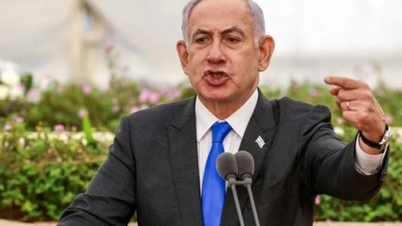



















![[Photo] Panorama of the cable-stayed bridge, the final bottleneck of the Ben Luc-Long Thanh expressway](https://vphoto.vietnam.vn/thumb/1200x675/vietnam/resource/IMAGE/2025/9/30/391fdf21025541d6b2f092e49a17243f)









































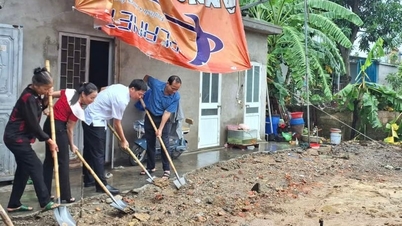

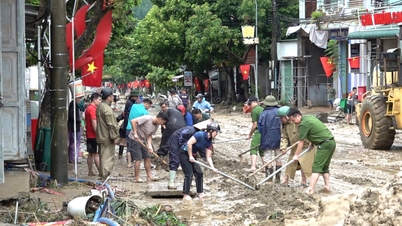



















Comment (0)